Begin the Beguine
________________________
Cole Porter standards from the musical Jubilee (1935):
 Begin the Beguine (Cole Porter)
Begin the Beguine (Cole Porter)
An excerpt from the WICN.org Song of the Week feature:
When Begin the Beguine debuted in Cole Porter’s musical comedy Jubilee in 1935, it was the longest popular song ever written at 108 bars. The conventional length for a song is 32 bars. Moss Hart wrote the book for Jubilee, and on hearing the extraordinarily long song for the first time, said “I thought it had ended when he was halfway through.” The beguine of the title refers to a dance that was developed on the islands of Martinique, Cuba, and Guadeloupe in the 1930s. It is similar to a rumba, but slower, with dance moves performed smoothly and deliberately. Like many Latin dances, the beguine emphasizes the ability to roll the hips to evoke sensuality while performing the steps. Though now the beguine is one of the more obscure dances in the Latin ballroom dance tradition, it was popular in the United States during the 1930s and 1940s.
Porter wrote “Begin the Beguine” while on a luxury cruise. There are at least a couple of different versions of his inspiration for the music. In one version, at a stop in Martinique he first heard the beguine, but other sources report that he said he discovered the beguine in Paris at a dance hall frequented by immigrants from Martinique. In any event, he adopted the beguine rhythm for a big production number for Jubilee and matched his lyrics to the music. Quoting Philip Furia and Michael Lasser in their book America’s Songs: “Porter, whose lyrics always pushed against the boundaries of popular taste, suggests that the dance is the equivalent of lovemaking, but to avoid censorship he changed the penultimate line from “And we suddenly know the sweetness of sin” to the benign “And we suddenly know what heaven we’re in.” Jubilee ran for only 169 performances, but reportedly Porter was unperturbed by the show’s lack of success. He was annoyed that people preferred “Begin the Beguine” to another song in the show, “Just One of Those Things,” because he had not expected “Beguine” to be a hit.
In any event, he adopted the beguine rhythm for a big production number for Jubilee and matched his lyrics to the music. Quoting Philip Furia and Michael Lasser in their book America’s Songs: “Porter, whose lyrics always pushed against the boundaries of popular taste, suggests that the dance is the equivalent of lovemaking, but to avoid censorship he changed the penultimate line from “And we suddenly know the sweetness of sin” to the benign “And we suddenly know what heaven we’re in.” Jubilee ran for only 169 performances, but reportedly Porter was unperturbed by the show’s lack of success. He was annoyed that people preferred “Begin the Beguine” to another song in the show, “Just One of Those Things,” because he had not expected “Beguine” to be a hit.
_______________
Xavier Cugat and his Waldorf Astoria Orchestra, vocal: Don Reed – 1935
.
Artie Shaw and his Orchestra — 1938
.
Broadway Melody of 1940 – Sung by Lois Hodnott in the beginning, in operatic style, and later in a jazzy current style by The Music Maids. Dancing by Fred Astaire, Eleanor Powell and chorus. I’m not sure if this is two separate numbers joined with a fade (I don’t know the correct term for the transition used). At 5:40, after a flamenco-like dance duet, Astaire and Powell exit stage-left. Fade to The Music Maids who sing a few bars in boogie-woogie style, after which Fred and Eleanor return in different outfits to dance some more.
An interesting feature, after the costume change, is that the band is seen as a reflection in the large mirror to the rear. You can see the dancers’ reflections between the band and the real dancers. I don’t know how they removed the camera’s reflection.
.
________________________
The Eddie Heywood Sextet, possibly at Café Society nightclub in New York c.1944. Patrons sit within a few feet of the musicians.
Eddie Heywood – 1944
.
Frank Sinatra
Dated 1944 by the youtube provider. Evidently a live radio broadcast recording. At the conclusion the announcer, or emcee, says, “That was Begin the Beguine sung by Frank Sinatra; and very good Franky.”
.
I believe this is the 1946 hit recording with Axel Stordahl and his Orchestra.
.
 Night and Day is a 1946 Technicolor Warner Bros. biographical film of the life of American composer and songwriter Cole Porter. It was directed by Michael Curtiz and produced by Arthur Schwartz, with Jack L. Warner as executive producer. The screenplay was by Charles Hoffman, Leo Townsend and William Bowers.
Night and Day is a 1946 Technicolor Warner Bros. biographical film of the life of American composer and songwriter Cole Porter. It was directed by Michael Curtiz and produced by Arthur Schwartz, with Jack L. Warner as executive producer. The screenplay was by Charles Hoffman, Leo Townsend and William Bowers.
The music score by Ray Heindorf and Max Steiner was nominated for an Academy Award. The film features several of the best-known Porter songs, including the title song, “Night and Day”, “Begin the Beguine” and “My Heart Belongs to Daddy”. – Wikipedia
______________________
From Night and Day (1946) — Begin the Beguine is sung by vocalist Carlos Ramirez and a chorus. While many dance in the number, including laborers carrying baskets, there is a featured pair, George Zoritch and Milada Mladova (IMDb).
Presently unavailable
__________________
(above) Django Reinhardt and singer Sonia Dimitrivitch, New York, 1946
Django Reinhardt and Stéphane Grapelli – djangopedia.com gives the credits as follows Jan-Feb 1949 – Rome – Django Reinhardt (g), Stephane Grappelly (v), Gianni Safred (p), Carlo Pecori (b), Aurelio de Carolis (d)
.
The Mantovani Orchestra — date unknown
_______________
Spanish Lyric Versions
Jorge Negrete — 1939
The Spanish lyric is by Marìa Grever, who wrote them at the request of Cole Porter.
.
Julio Iglesias — “Volver a Empezar (Begin the Beguine)” features a Spanish lyric written by Julio Iglesias, according to Second Hand Songs. In the following recording, released as the second track on the 1981 album De niña a mujer, the Spanish lyric is alternated with the original lyric by Cole Porter. “Volver a Empezar (Begin the Beguine)” was a #1 hit in the UK.
.

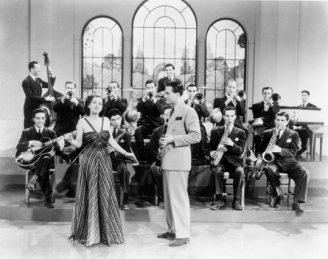































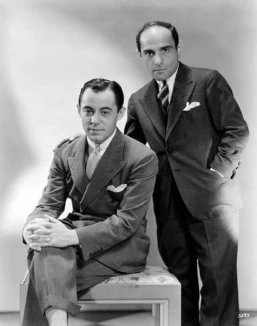

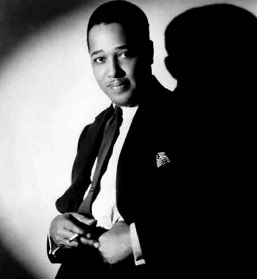


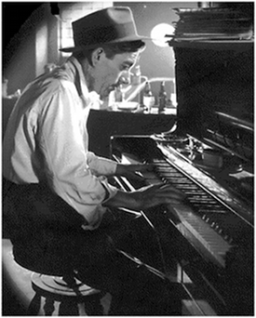
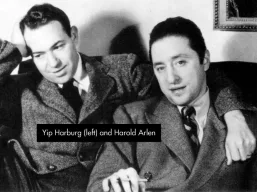




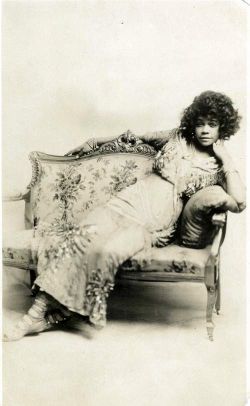










Jan 21, 2013 @ 00:04:51
Carlos Julio Ramirez wins the contest. No one can sing this song as good as he does. Begin the Beguine belongs to him. BRAVO Carlos.
LikeLike
Jan 22, 2013 @ 20:28:25
From the mid-1960s LP Este es Carlos Ramirez:
Carlos Julio Ramirez
LikeLike
Oct 13, 2015 @ 21:27:17
I am looking for sheet music for begin the beguine arranged by Eddie Heywood,Thanks
LikeLike